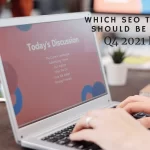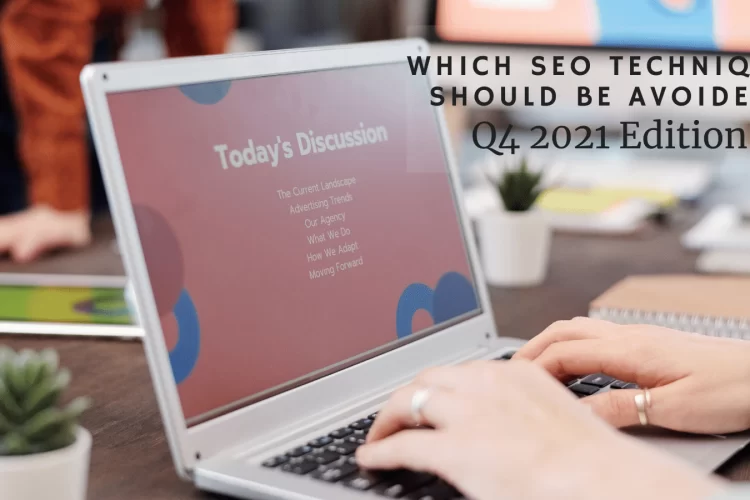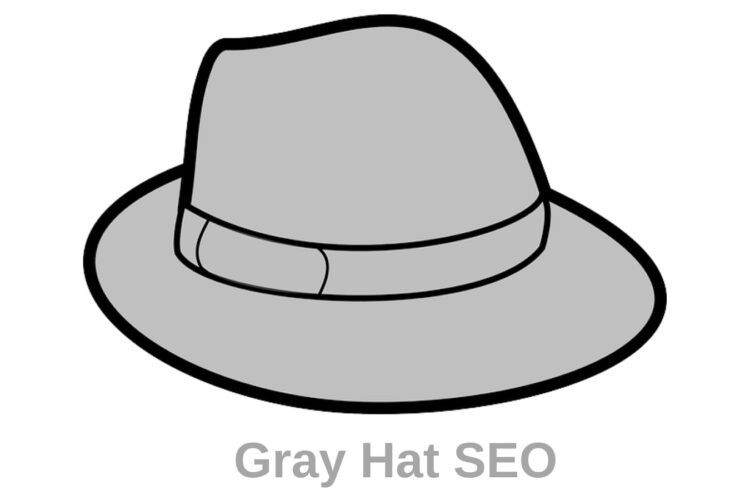
CONTENT MARKETING
The goal of content marketing is to attract, engage, and retain an audience by sharing relevant blogs, videos, podcasts, and other content. This creates expertise, promotes brand awareness, and keeps your business at the top of your customers’ minds.
What is content marketing?
A content marketing approach involves developing and distributing relevant content to current and potential customers—blogs, newsletters, white papers, social media posts, emails, videos, and the like. When done properly, this content shows that a business values the people it sells.
Consistent use of content marketing builds relationships with your prospects and existing customers. When your audience views your company as a partner interested in their success and a source of guidance and advice, they are more likely to buy from you.
It’s important for several reasons:
Using content marketing is a competitive advantage that has been proven to work. Here are some facts about content marketing:
√. Compared to other companies, blogs generate 67% more leads for businesses.
√. Almost 47 percent of buyers view from three to five pieces of content before contacting a sales representative.
√. According to content marketing statistics, businesses using it see a 30% greater increase in growth than those not using it.
√. Almost 72 percent of business-to-business (B2B) marketers say content marketing increases engagement and leads.
A brief explanation of content marketing:
Content marketing helps your business attract leads, make a case for your product or service, and close sales when a prospect is researching what to buy. In order to effectively utilize content, you will have to deliver the right content at each stage of the sales cycle — from awareness to consideration to purchase. If this sounds difficult, take heart: This method actually simplifies the process.
We explain how companies use content marketing at every stage of the sales cycle to engage and sell.
1.Developing awareness
During the first phase of your sales process, you want to focus on addressing the top concerns of your audience. Your content should relate to their pain points, challenges, and questions so you can engage them effectively. At the awareness stage, the content should be educational, and guided by detailed instructions. Your selling should be confined to the consideration and closing phases.
Articles, blog posts, e-books, videos, newsletters are the best type of content for this stage.
Some Examples:
√. A music company writes a blog post about how to plan a New Year’s concert.
√.The tour company makes a short video on the topic of “3 Ways to Choose the Right Trip”.
2.Stage of consideration
Content should provide helpful information in addition to marketing. It should instruct the reader about what features or were functions to look for, and explain how all the features relate to their needs. Of course, content should reflect what your business provides.
Case studies, how-to articles, how-to videos, checklists/worksheets are good for this stage.
Examples:
√. One of the phone system companies provides a checklist called “8 Ways to Improve Your Phone Customer Service” that details the features and functions that make great customer service possible.
1.Final stage
In order to close a sale, you should focus on content marketing rather than just telling the prospect how great your products or services are. At this point, you can focus more on sales, but be sure to continue driving home why you’re a great choice rather than how great your company is.
This should be your central message here: your expertise, your knowledge, and your differentiation.
Case studies, user-generated content, buyer’s guides, product videos, research reports are the best content for this stage.
To demonstrate its versatility, a design agency creates short videos showcasing the variety in its work across a range of industries.
Examples:
√. To demonstrate its versatility, a design agency creates short videos showcasing the variety in its work across a range of industries.




